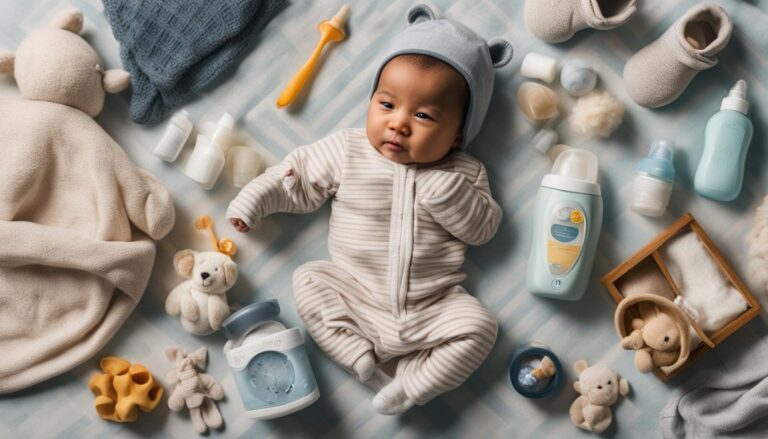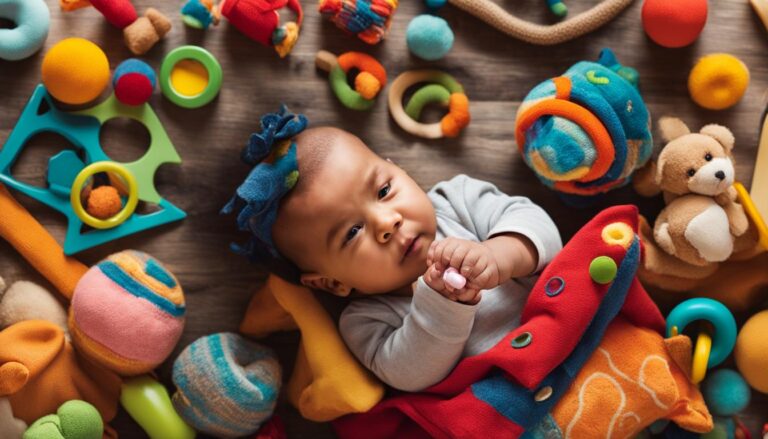Baby Moves Around In Crib While Sleeping
Baby’s Nighttime Movements Many parents get worried when they see babies sit up, yawn, move limbs, rub eyes, move around, moan or coo in their sleep. The majority of worries are whether the baby is getting enough sleep, if there could be an underlying medical condition or if they are at risk of injuring themselves.
As a baby’s muscle develops, he will move more often, ending up in the corner of the crib or sideways. That should not raise any alarm. Changing sleeping positions help in preventing compression of nerves that could compromise their functioning.

Why Do Babies Move Around in the Crib While Sleeping?
Several factors can make a baby move in bed, some are normal while others require medical attention. They include;
Discomfort
Extreme temperatures can cause discomfort to a baby as much as they do to an adult. When it is either too hot or too cold in a room, your baby may not sleep comfortably. To minimize turning during sleep, ensure optimal temperatures, not hot or cold. Other discomforts can also cause frequent movements during the night, such as an uncomfortable mattress, diaper rashes, hunger, or the need for a diaper change.
Immature Nervous and Immune Systems
Babies have an immature nervous system that responds to every minor thing that a mature nervous system would not, as a result, babies twitch and jerk in their sleep. These twitches are a means for the baby’s body to connect to brain Baby’s Nighttime Movements signals for coordinated and intentional movement later. The erratic movements also occur by his inability to control his reflexes.
Sleeping Cycles
Babies have short sleeping cycles that last around 40minutes and if lucky, the baby will soothe himself back to sleep. Babies have twice as much rapid eye movement (REM) as adults hence more active sleep.
Medical Conditions
Medical conditions such as sleep apnea, a condition in which breathing starts and then stops, may cause restlessness. Restless leg syndrome can also cause lots of movement in sleeping babies. This is an uncomfortable sensation that occurs in the legs and is at its worst while one is resting or sleeping.
Nightmares
Your baby may thrash around, sit up, or awaken abruptly in an alarmed, chaotic, distressed, and confused state. While frightening, nightmares are not harmful, and children typically grow them.
Food Reaction
Several foods and drinks like caffeine may cause a baby to move in their sleep. Caffeine passed through breast milk can be a big deal to some babies while others do not react. As a mother, it is paramount to try and establish the correlation between your caffeine intake and your baby’s sleeping movements.
Inadequate or Excess Naptime
Growing babies need several naps during the day. Babies below four months require seven to nine hours of three to five naps a day, and those between four to twelve months 4 to 5 hours of 2 to 3 naps per day. If a baby gets excess or inadequate naptime, they will get fidgety at night.
The 4-Month Sleep Regression
The four-month sleep regression occurs in babies between 3 to 4 months caused by a developmental stage such as learning to roll over, crawl or pull up. The excitement will cause your young one to turn in the crib as they practice more, though unconsciously, it webs out after a short period.

When Should You Get Worried
The below signs would indicate a baby has interrupted sleep and may need medical evaluation;
- Trouble falling or staying asleep.
- Lack of regular sleep-wake up schedule
- Breathing through the mouth.
- Disrupted breathing, gasping for air, or snoring
- Irritability on waking up.
- Fatigue. When the baby wakes without being well refreshed.
- Limb discomfort or pain that is characterized by excess movement of the limbs.
Tips on How to Help Your Baby Sleep Better
- Have a consistent bedtime routine. This helps the child relax and fall asleep easily. Pre-bedtime activities may include a bottle or breastfeeding, changing into pajamas, and bedtime stories or prayer.
- Block out the lights. A dark room signals to a baby that it is time to sleep. When babies don’t see a lot in their surroundings they will sleep better. Invest in a light-canceling curtain.
- Ensure the temperatures are regulated; the room should not be too hot or cold. To check whether the baby is fine, touch the back of the neck and if it’s sweaty, reduce the temperatures or a layer of clothing if cold, add heat or clothing.
- Do not add a blanket to your baby, alternatively, dress him warmly in pajamas or a wearable blanket. Additionally, remove toys, blankets, bumpers, accessories, and any other clutter on the crib to minimize the chances of blockage of airways and Sudden Infant Deaths (SIDS).
- Get a firm, well-fitting mattress and well-fitted sheets. Ensure there is no gap between the mattress and the walls of the crib.
- Cut off noises from the room. Babies are sensitive to any movement or noise in their surroundings. If need be, have mild soothing music to help them sleep better.
- Make bedtime enjoyable. Sleep should always be a good thing for babies. Avoid using sleep as a punishment, it makes a baby associate sleep with bad things enhancing the feeling of discomfort while sleeping.
- Put your baby down in the crib when they are still awake. It is so tempting to let them fall asleep in your arms but that can interrupt their sleep. Anytime they turn, they will be looking for your arms which affects the sleep cycle. In addition, avoid attending to them on every cry. In the majority of cases he will soothe himself to sleep but if the cry persists, check him out.
- Put your baby to sleep on their back. This sleeping position prevents him from blocking the airways and thus minimizing the risk of SIDs.
Baby’s Nighttime Movements a baby moving in a crib while sleeping is usual, safe, and indicates he is growing. However, if there is any cause of alarm, consult a sleep advisor or a pediatrician.






